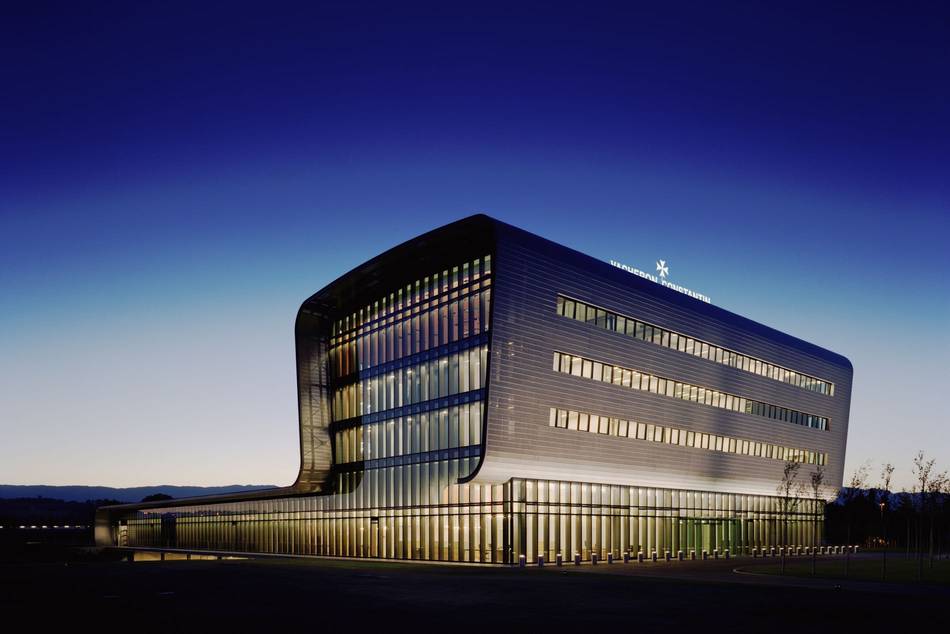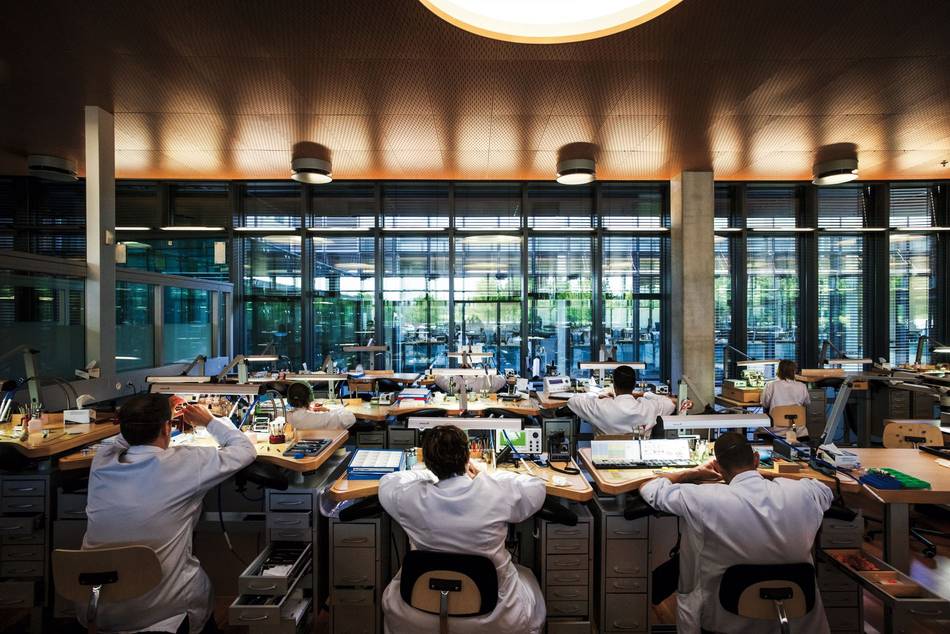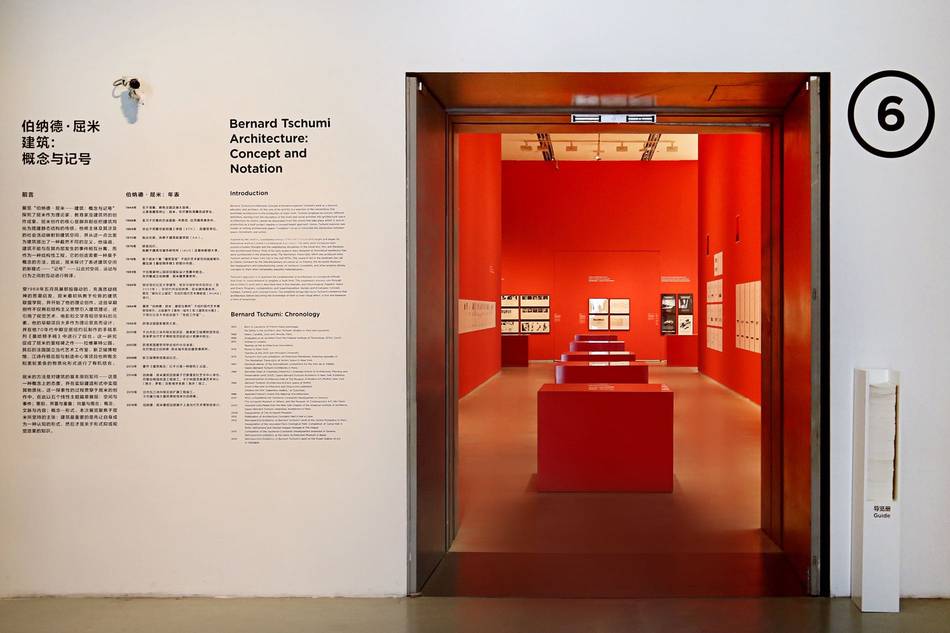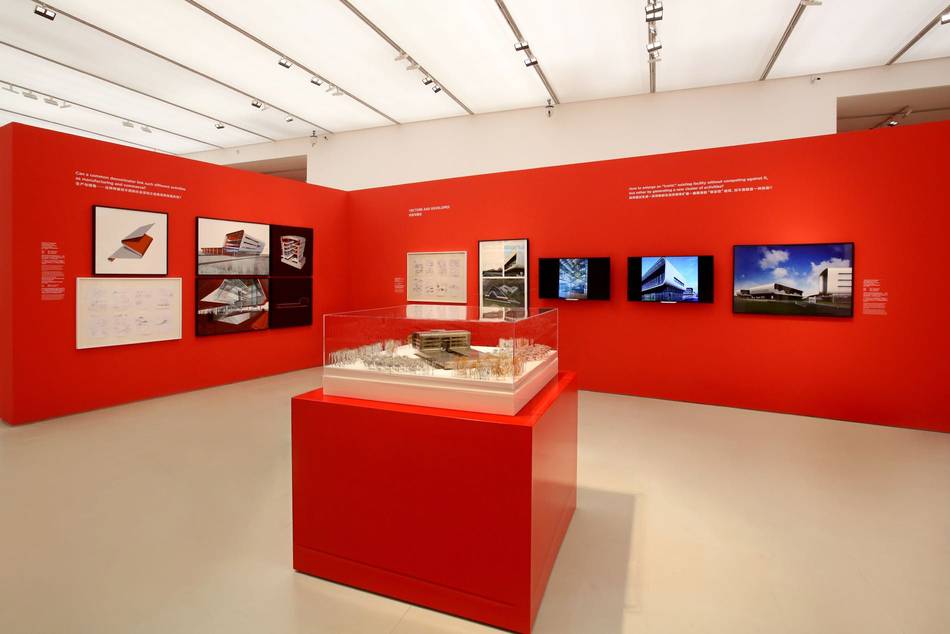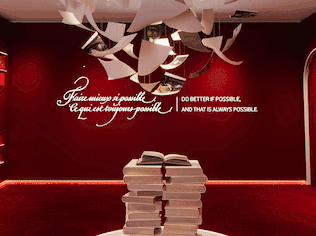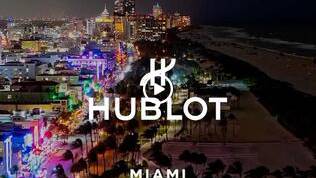End: 19 Jun 2016
Location: Power Station of Art
Address: 200 Huayuangang Road, Huangpu District, Shanghai
Bernard Tschumi the world-renowned architect responsible for Vacheron Constantin's iconic headquarters in Geneva, has his body of work as an architect, educator, and writer celebrated in an exhibition entitled "Architecture: Concept and Notation".
The exhibit presented by the Swiss watch manufacture, explores the making of architecture as a series of arguments and responses to a contemporary definition of architecture by showcasing meaningful projects by Mr. Tschumi over his longstanding career.

Having made previous stops at Centre Pompidou in Paris (2014) and the Swiss Architecture Museum in Basel (2015), the presentation held at the Power Station of Art in Shanghai from 13 March to 19 June includes the model of the Vacheron Constantin Headquarters and Manufacturing Center.



The contemporary building, in the shape of a stylized, halved Maltese cross, comprises the brand's entire administrative headquarters and manufacturing workshops.
Inspired by the concept of the "envelope" that Mr. Tschumi has developed along his career, this building provides a superior working environment, and its design enables Vacheron Constantin to continue embodying its brand philosophy:
Do better if possible, and that is always possible."


Vacheron Constantin and Mr. Tschumi share a common vision, inspired by the watchmaking philosophy of the Maison.
Vacheron Constantin is the oldest watch manufacturer in the world, having continuously been in business since its founding in 1755.
For such a legacy to exist, its watchmakers have had to "strive to overcome the limitations of space and endow the mechanical masterpieces with soul"
Inspired by the belief that internal and external beauty are inextricably linked, these watchmakers meticulously decorate every single component buried deep within the watch movement – pieces that only the watchmaker will ever see.

Like Vacheron Constantin's watchmakers, Mr. Tschumi seeks to not only overcome, but also transcend the many constraints inherent in each design endeavor, transforming these limitations into an effective, coherent, and future-oriented whole that represents an anchor in time.
